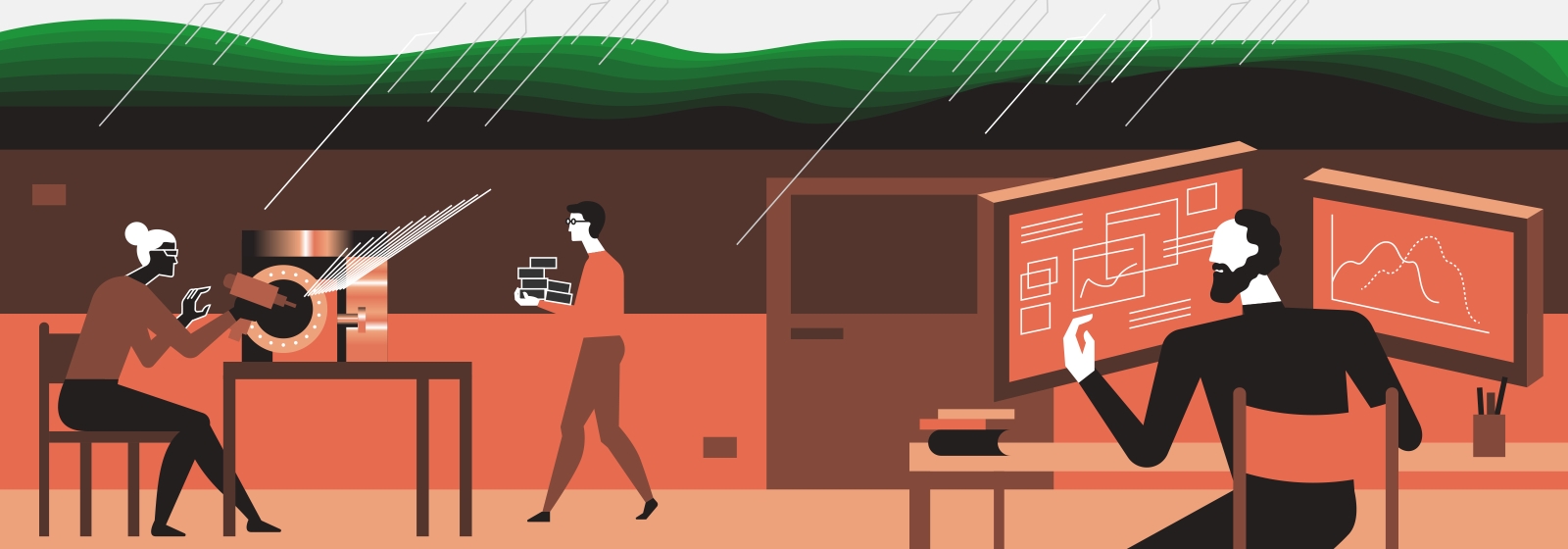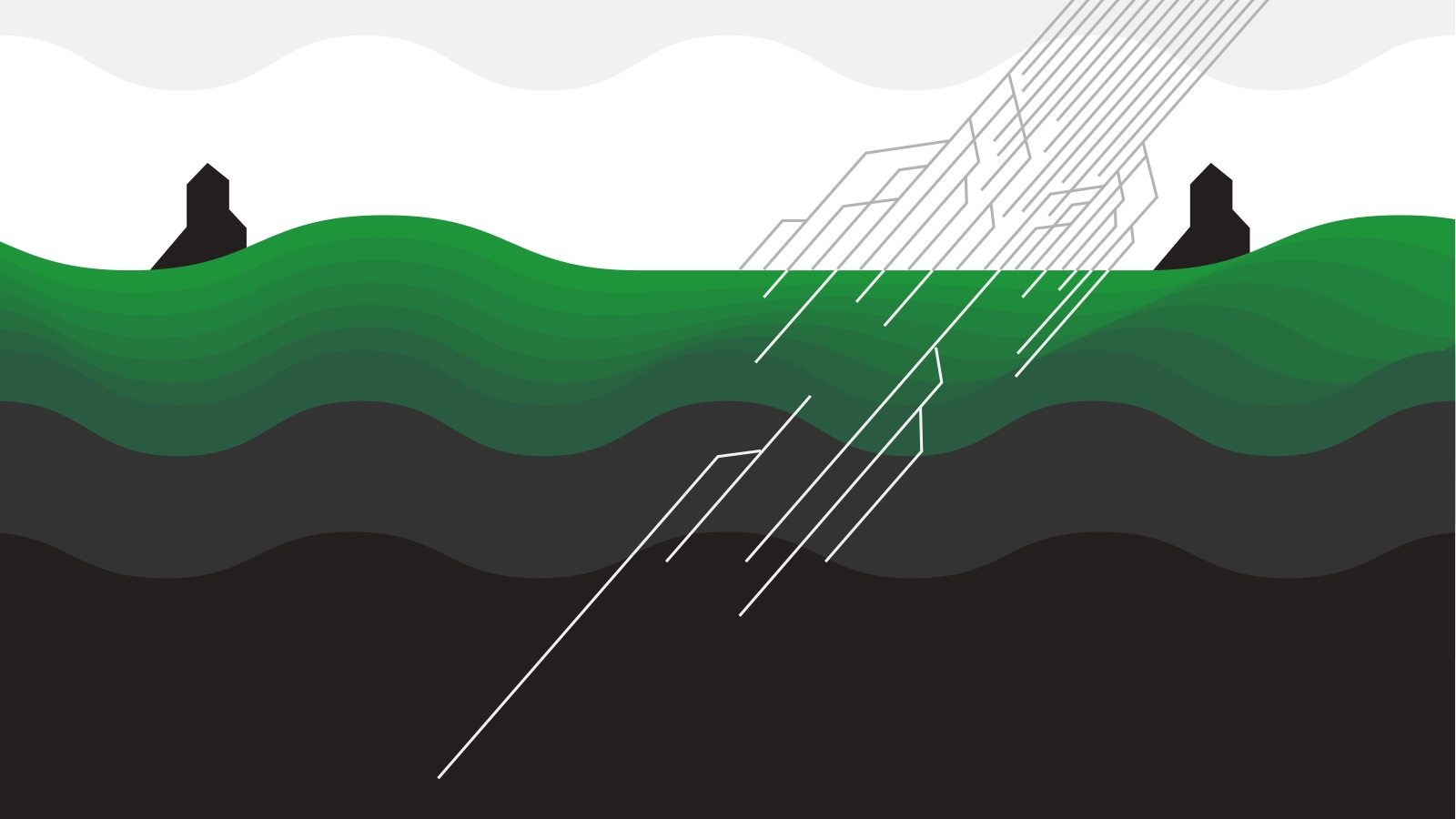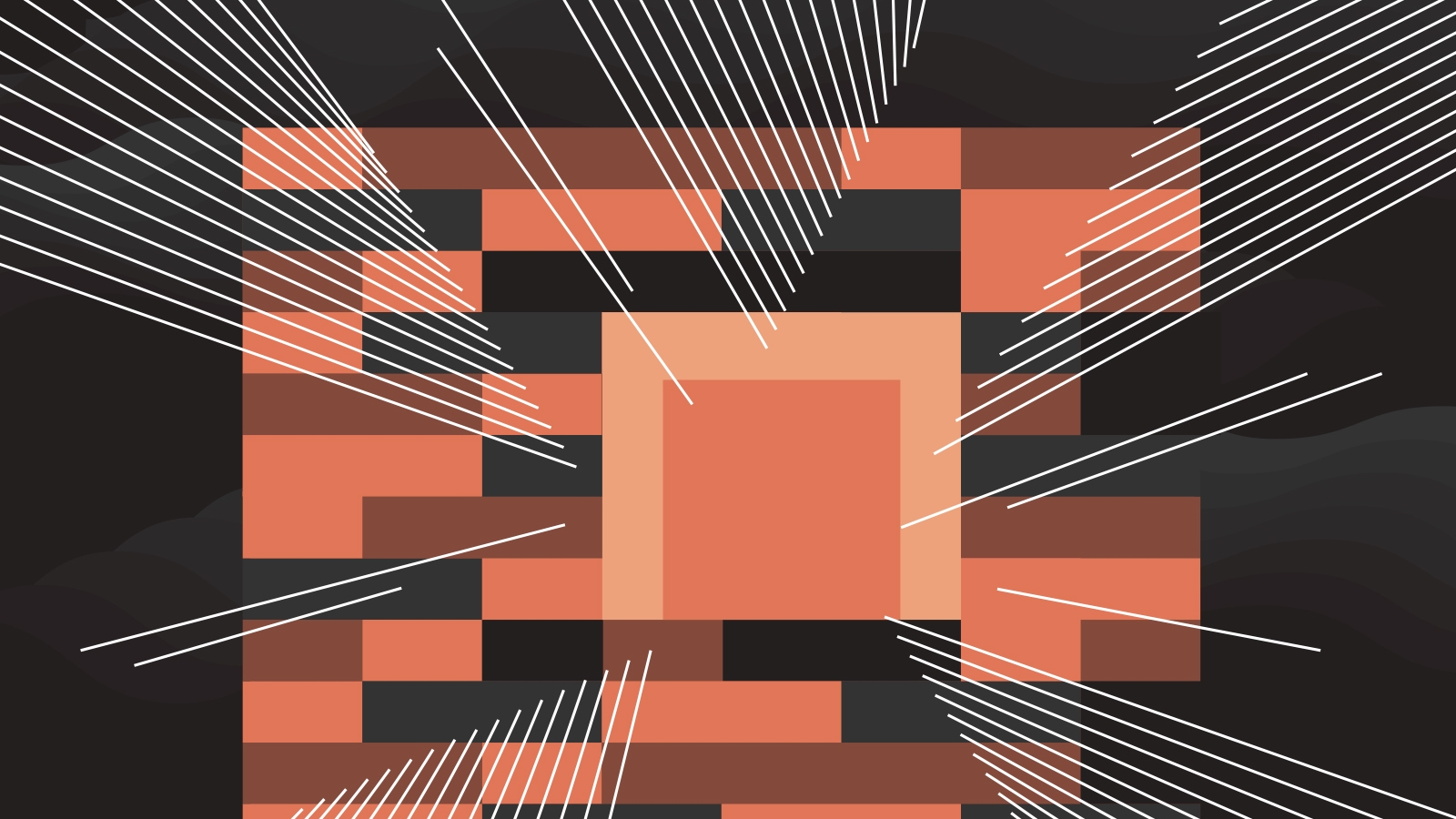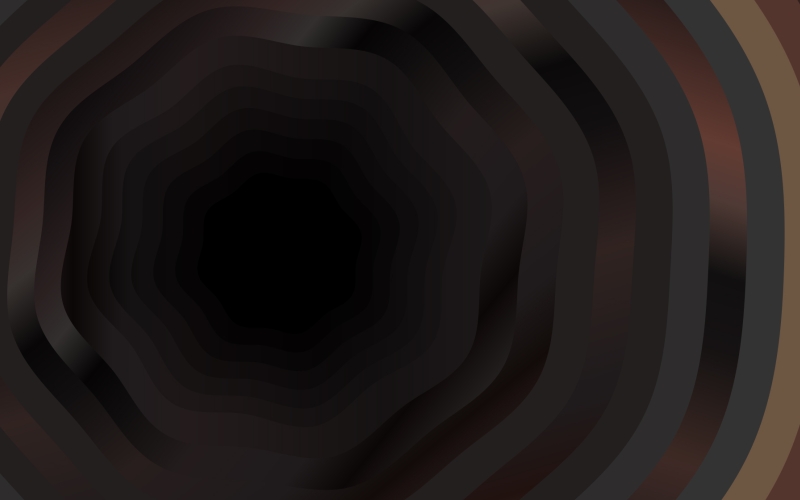4850
Feet below the surface
Most of the experiments at Sanford lab are at the 4850-foot level.
Not all underground labs are created equal. Depth and rock density play an important role in how well cosmic rays are blocked out. We need a consistent way to measure cosmic ray attenuation in underground labs.
4300
Meters of water equivalent
In physics we measure the amount shielding an underground lab provides in meters of water equivalent (m.w.e.). In other words—how deep would water have to be to provide the same amount of shielding from muons. The Sanford Lab is rated at 4,300 m.w.e., for comparison the average depth of the ocean is 3,682 meters.







